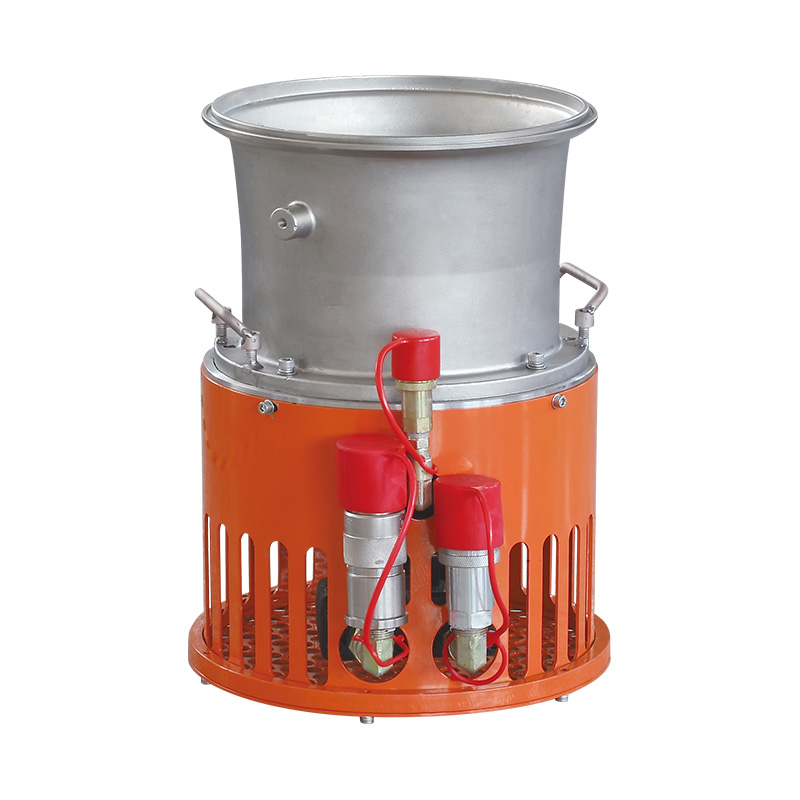Pumping systems are essential in many sectors, including agriculture, municipal infrastructure, industry, and construction. Among the many types of pumps in use today, axial flow pumps serve specific operational needs related to high-volume, low-pressure water transfer. Complementing the core pump units are numerous accessories that enhance reliability, safety, and performance.

Axial flow pumps are designed to move large volumes of fluid at relatively low pressure, making them well-suited for applications involving high flow rates with minimal elevation lift. The defining feature of axial flow pumps is the orientation of flow: the liquid moves parallel to the pump shaft, rather than perpendicular as in centrifugal pumps. This configuration enables a streamlined transfer of fluid with minimal turbulence.
In an axial flow pump, the impeller blades resemble those of a propeller. As the motor drives the impeller, it imparts kinetic energy directly to the fluid, propelling it along the axis of the pump housing. This type of motion is particularly effective in systems where large quantities of water must be circulated or transferred without the need for significant head pressure.
Typical applications of axial flow pumps include flood control, agricultural irrigation, cooling water circulation in power plants, dewatering in construction projects, and industrial water transfer. In these contexts, their ability to provide steady flow at high volumes supports consistent performance under variable field conditions.
Axial flow pumps are often installed in vertical configurations and can be equipped with adjustable-pitch impellers for improved efficiency across a range of operating conditions. Due to their high flow capacity and efficient energy use at low heads, axial flow pumps are a practical solution where volume transport is prioritized over pressure generation.
Water motor pump accessories are critical components that support the safe, efficient, and reliable operation of water pump systems. While the primary function of the pump is to move water, these accessories ensure that the system can perform consistently while the risk of damage, downtime, or inefficient operation.
One of the commonly used water motor pump accessories is the foot valve. Installed at the end of the suction line, a foot valve prevents backflow when the pump is turned off and helps retain water in the suction pipe, which is especially important for self-priming systems. This prevents air pockets and supports consistent starting.
Another key accessory is the pressure switch. This device automatically turns the motor on or off based on pressure levels in the system, helping maintain steady water delivery and protecting the pump from dry running. Paired with a pressure gauge, operators can monitor system performance and make necessary adjustments.
Control boxes, particularly in larger motor-driven systems, play an essential role among water motor pump accessories. These units regulate voltage and current, offer motor protection features, and facilitate automatic or remote operation. Overload relays and thermal protectors are often integrated to prevent overheating or electrical faults.
Check valves are also important, especially in systems with vertical discharge lines. They allow water to flow in one direction and prevent return flow, reducing pressure drops and mechanical stress. Additionally, fittings such as hose connectors, clamps, and discharge adaptors help secure tight, leak-free connections, supporting the overall integrity of the pump system.
Mounting brackets, base plates, and vibration dampeners enhance mechanical stability during operation. By movement and absorbing mechanical stress, these accessories help extend the pump's service life and improve safety.
Together, water motor pump accessories contribute significantly to system reliability and performance. Proper selection and maintenance of these components ensure that the pump operates smoothly and efficiently under a wide range of operating conditions.